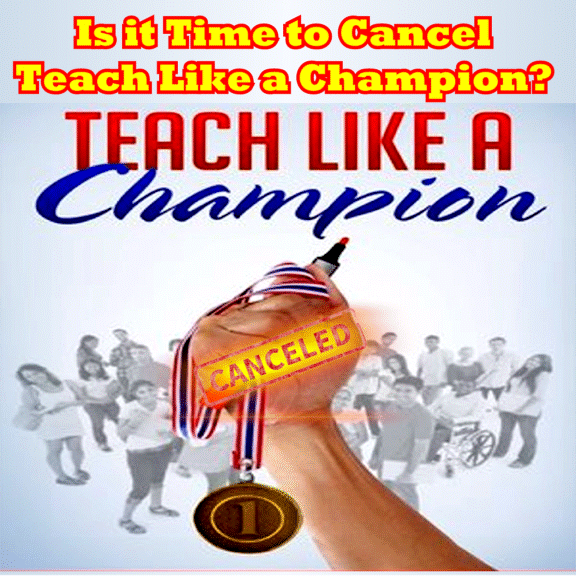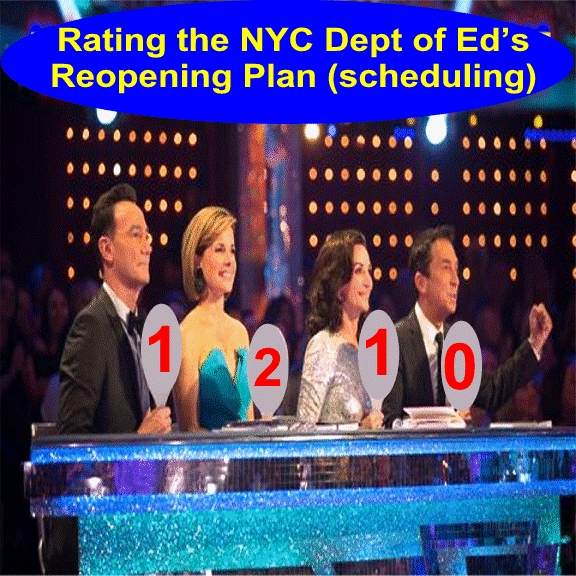Trump and DeVos Can't Make Up Their Damned Minds About Schools
It doesn't seem all that hard to figure out how Donald Trump and Betsy DeVos feel about public schools in this country. And yet, they seem oddly conflicted.
DeVos famously called public schools a "dead end." Just last week, reflecting on the SCOTUS decision, she opined that the history of American education is "sad and static" and "too many students have been discriminated against based on their faith and have been forced to stay in schools that don't match their values."
Trump is admittedly a tougher read, since he's mostly ignored the topic, at least until he worked out that being pro-voucher would be good for some Catholic votes. Just last Friday he was standing in front of Mount Rushmore declaring--
Against every law of society and nature, our children are taught in school to hate their own country and to believe that the men and women who built it were not heroes but that were villains.
So schools are awful, terrible things that ought to be shut-- wait! What's that?
Trump tweet-hollers "SCHOOLS MUST BE OPEN IN THE FALL" and DeVos tweeters back, "American education must be fully open and operational this fall.”
And they really, really mean it because they promise to get schools the resources to safely--ha! No, just kidding. But Trump does threaten to cut school funding for any schools that don't open, and DeVos backs him up, slamming adults who are just too chicken and insist on making excuses. And CONTINUE READING: CURMUDGUCATION: Trump and DeVos Can't Make Up Their Damned Minds About Schools

































